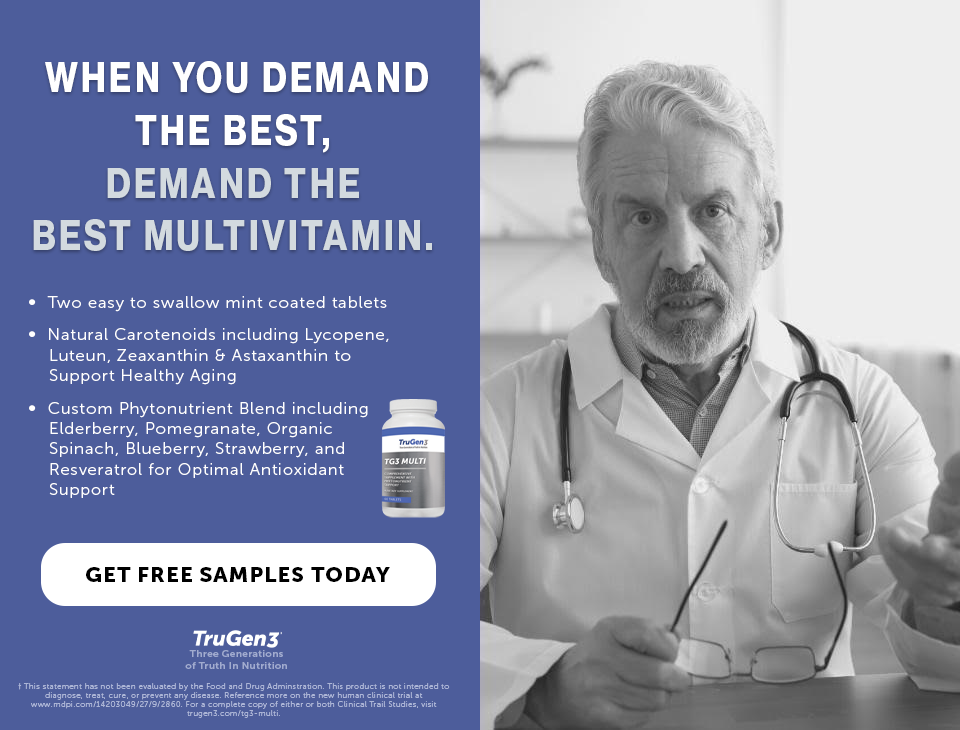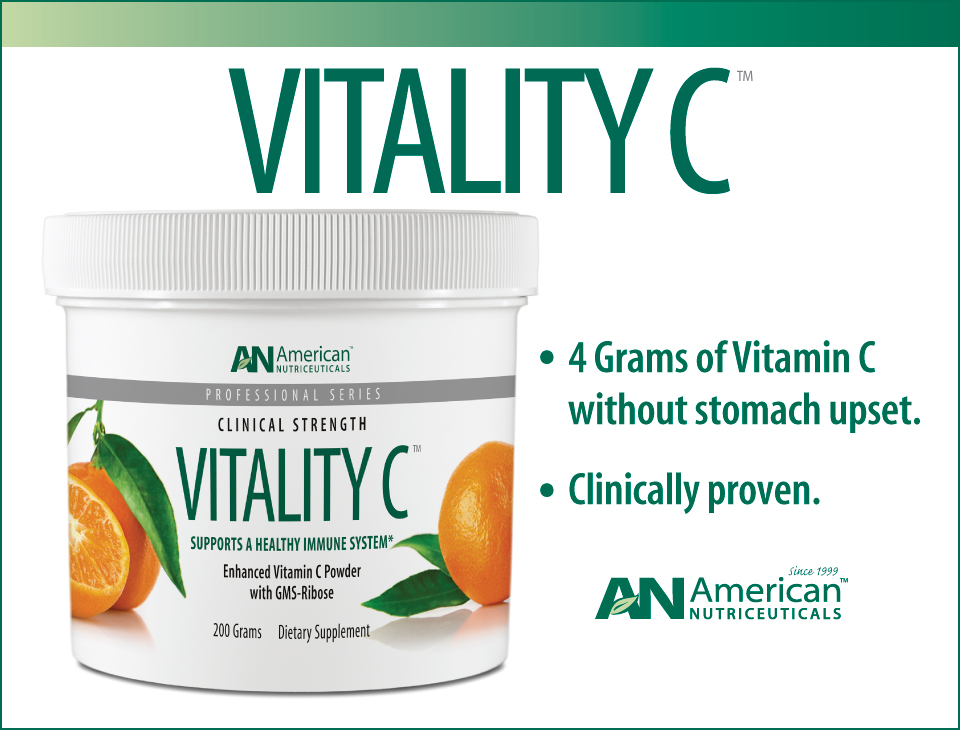By Jonathan Collin, MD
Toxic: Heal Your Body by Neil Nathan, MD
Dr. Neil Nathan published Toxic: Heal Your Body in 20181 and the book still reads extremely well. Nathan has a practice that focuses on patients experiencing sensitivity, indeed, extreme sensitivity not just to chemicals, foods, and EMF but anything and everything. From his perspective any patient who is experiencing sensitivity is also dealing with toxicity.
We are all aware of the damaging effects of aromatic chemicals and pesticides as well as heavy metals such as mercury and lead. However, the “bio-poisoning” we experience from mold toxins and Lyme disease and its co-infections are not nearly as much appreciated. Nathan would argue that a patient who is experiencing severe sensitivity is probably overloaded with mold mycotoxins and/or Bartonella infection. Symptoms of mold toxicity may seem quite similar to chronic fatigue, fibromyalgia, and chronic viral infection. Typically, a patient experiences muscle weakness, numbness, tingling, disequilibrium, dizziness, anxiety, depression, fatigue, cognitive impairment, joint pain, muscle pain, headaches, gastrointestinal symptoms, and/or chest tightness. What might distinguish mold toxicity from Lyme disease are unusual electrical type sensations, icepick pain, and vibrating or pulsating symptoms that travel up and down the spine.
Most patients who present to their primary doctors and specialists with these symptoms are not enthusiastically welcomed. The breadth of symptoms often appears to be excessive and hypochondriacal; many doctors begin to think that the patient is experiencing more of a mental disorder requiring an antidepressant and anxiety drug rather than a thorough diagnostic workup. Even when there is elaborate lab testing and imaging studies done most of the investigation returns with normal results leaving both the doctor and patient clueless and frustrated. Furthermore, testing for mold mycotoxins and Bartonellosis is not usually part of the diagnostic evaluation.
Doctors may or may not be aware that mold is an issue when the roof leaks or there is a flood. However, tiny leaks often go unnoticed, so docs don’t think of mold as an issue when we develop the aforementioned chronic symptoms. Ritchie Shoemaker, MD, wrote extensively in the Townsend Letter in 2019 about “Moldy Buildings, CIRS, Sick People and Damaged Brains” in a 5-part series available online.2-6 Shoemaker makes the point that while water damage may appear in the sheetrock in the basement, the leak may start on the roof from the opposite side of the house travelling downward on a circuitous route, crisscrossing back and forth before reaching the place where mold appears.
Mold often appears as “black” mold but this is not always the case. The infamous Stachybotrys is known to be black in coloration, but Aspergillus also can look black. Other mold species of concern include Penicillium, Fusarium, Chaetomium, Alternaria, and Wallemia. While warm, humid weather encourages organism growth, mold also does well in the outdoors and cold weather. Mold is not limited to home interior walls; air conditioning and ducts can also be a source of mold. The mold-sensitive patient may be exposed at work, in the office or factory, and even in the car.
Determining that mold has accompanied identified water damage is an important first step in subsequently diagnosing mold mycotoxin burden. ERMI testing and professional remediation is often required to effectively address the problem. Attempting to mitigate symptomatic mold toxicity without cleaning up the environmental mold will prove to be fruitless with recurrent mold exposure.
Diagnosing mold toxicity has become considerably easier over the years. The usual screening with a CBC and comprehensive metabolic profile rarely shows anything abnormal. However, there are some special studies available from LabCorp and Quest that Dr. Nathan has employed that correlate well with mold toxins. Nathan follows how Shoemaker evaluates these inflammatory markers: VIP (Vasoactive Intestinal Peptide), MSH (alpha-Melanocyte-stimulating hormone), MMP-9 (Matrix Metalloproteinase-9), c4a (Complement 4a), TGF-beta-1 (Transforming Growth Factor Beta-1), Leptin, and VEGF (Vascular Endothelial Growth Factor). A higher level of MMM-9, c4a, TGF-beta-1, and Leptin are suggestive of mold toxicity; additionally, a lower level of VIP, MSH, and VEGF would further implicate a mold burden. However, Nathan does note that these tests are not specific and may be seen in Lyme disease and its co-infections, as well as with other chronic infections such as Mycoplasma and Chlamydia. Thus, a more definitive diagnostic test is needed to establish mold toxicity.
Over the past decade several specialty labs such as Matrix Laboratories (formerly Great Plains Laboratory), Real Time Labs, and U.S. BioTek have offered urine mycotoxin testing. Urine testing for mycotoxins identifies major mold organisms and levels of mycotoxin. As the mold sensitive patient is treated, the urinary mycotoxins can be retested and the results would indicate whether the toxin burden has been reduced or remains unimproved. It should be noted that Shoemaker has objected to the validity of urine mycotoxin testing.7
Once a mycotoxin diagnosis has been made, treatment should begin immediately. However, as Dr. Nathan repeatedly comments, for the sensitive patient start low and slow. The first treatment consideration is the application of a binder. While one may think that a binder permanently bonds to the toxin, a much looser adherence to the binder is a more apt way to consider its mechanism of action. So, a binder like charcoal or bentonite clay will sweep up mycotoxin found in the gut; unfortunately, much of that toxin separates from the binder as it traverses the small intestine and colon and will likely get reabsorbed. As one would imagine, mycotoxin reentering the bloodstream will elicit symptoms in the patient that can be sickening. Hence, Nathan recommends beginning with the lowest dose that does not elicit symptoms and then to gradually increase the binder dose.
Nathan’s first choice for a binder is Saccharomyces boulardii using only 1 cap per day (an even smaller dose for the very sensitive patient). Next, he prefers to recommend bentonite clay, again one cap per day. If the patient reports an aggravation of symptoms he cuts back the dose to every other day use. The common sense thinking that if a little is good, more is better is often wrong for these patients. The “big hitters” of binder treatment for mold are the drugs: cholestyramine and Welchol. For some patients these drugs rapidly remove mycotoxin and offer more intensive treatment, assuming they can tolerate them. Nathan frequently employs chlorella as a binder; once again, even though it is a natural product, it may impact the sensitive patient strongly and needs to be taken at a much lower dose.
Once binder treatment has been established Dr. Nathan employs antifungal treatment to reduce the production of mycotoxins. Antifungal medication, including amphotericin nasal spray or ketoconazole nasal spray, is important for those patients with sinusitis. Oral treatment with Nystatin or itraconazole is also recommended. Nathan recommends the use of NAC as well as treatment for biofilm when administering antifungal therapy. The hydrosol silver product, Argentyn 23, is supportive both as a nasal spray and oral treatment.
Dr. Nathan reminds us that while mold toxicity may be the key concern for the toxic patient, one must also consider Lyme disease, particularly, Bartonella infection. For the sensitive patient, diagnosis and treatment may also require evaluation for mast cell activation syndrome (MCAS). The latter half of Nathan’s book, Toxic, is devoted to “rebooting as a model for treatment and healing.” For those who have not read, Toxic, the book provides a great many hands-on tools to apply in the office with the sick patient. For those who have, it is a good reference to remind us of a great many options in managing the sensitive mold-toxic patient.
How Effective Is Germanium in Treating Cancer by Dr. Serge Jurasunas
Townsend Letter readers are familiar with the writings of Dr. Serge Jurasunas who has authored numerous articles for our publication. His paper, “The Molecular Basis of Prostate Cancer and Targeting Therapies,” was the cover article for the August/September 2017 Townsend Letter. Jurasunas discusses how the p53 tumor suppressor gene operates and how the gene’s dysregulation can be overcome with the use of natural therapies. One of those compounds that Jurasunas finds to be very helpful especially in advanced and aggressive cancers is organic germanium. While there have been reports that germanium has posed toxicity issues that can insult the kidneys, Jurasunas has objected that the germanium used was not the organic germanium as developed by a Japanese engineer, Dr. Kazuhiko Asai. Jurasunas has used germanium as developed by Asai over the past 40 years and has found it to be remarkably safe, employed in the treatment of adults as well as children.
In this issue’s review of germanium, Dr. Jurasunas discusses the mechanisms by which germanium is effective in reversing pathologic processes common not just to cancer but other conditions. His review is illustrated by numerous cancer cases successfully managed with the use of germanium. It is critical that the supplementation of germanium be organic germanium (Asai germanium).
References
1. Nathan, Neil, MD. Toxic: Heal Your Body from Mold Toxicity, Lyme Disease, Multiple Chemical Sensitivities, and Chronic Environmental Illness. 2018. Victor Belt Publishing.
2. Shoemaker, Ritchie, MD; Lark, David; Ryan, James C, PhD. Moldy Buildings, CIRS, Sick People and Damaged Brains, Part 1, online, Townsend Letter. Jul 2019;#432 p.38–40
3. Shoemaker, Ritchie, MD; Lark, David; Ryan, James C, PhD. Moldy Buildings, CIRS, Sick People, and Damaged Brains, Part 2, online, Townsend Letter. Aug/Sep 2019;#433/434 p.64–6
4. Shoemaker, Ritchie, MD; Lark, David; Ryan, James C, PhD. Moldy Buildings, CIRS, Sick People, and Damaged Brains, Part 3, online, Townsend Letter. Oct 2019;#435 p.67–72
5. Shoemaker, Ritchie, MD; Lark, David; Ryan, James C, PhD. Moldy Buildings, CIRS, Sick People, and Damaged Brains, Part 4, online, Townsend Letter. Nov 2019;#436 p.54–7
6. Shoemaker, Ritchie, MD; Lark, David; Ryan, James C, PhD. Moldy Buildings, CIRS, Sick People, and Damaged Brains, Part 5, online, Townsend Letter. Dec 2019;#437 p.74–9
7. Shoemaker, R; Lark, D; Vukelic, A. Urinary Mycotoxin Testing: An Understanding of Its Use in the Evaluation of Human Health. Chpt. In Nutrition and Integrative Medicine for Clinicians. 2023. CRC Press. 1st Edition. Taylorfrancis.com. Urinary Mycotoxin Testing: An Understanding of Its Use in the Evaluation of Human Health
Published August 26, 2023


